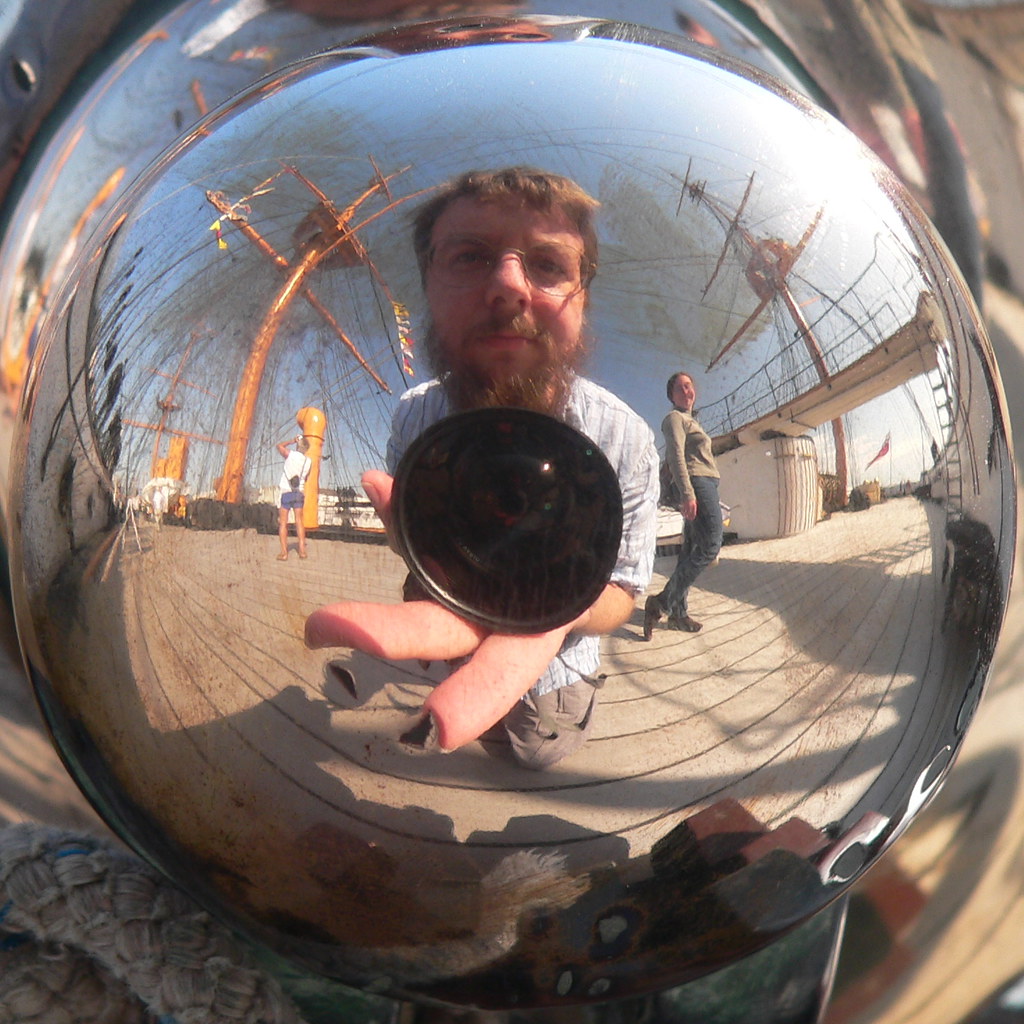So I switched strategies and went straight for the source, uranium ore. There are mines all over the western US from Texas to Washington and it is easy to order small pieces through the mail for testing; you've got to love the US! Otherwise we would be forced to get our radioactive material the old fashioned way, by stealing it from « nationalists » and getting chased around mall parking lots⸮
Just for the record, I am keeping it doubly sealed and stored out of reach. It is a harmless amount of radiation when kept this way. I can help illustrate this below.
In this picture the ore is right against the tube, which just registered 306 counts per minute. The reported activity for this fragment is 600 CPM but this tube does not detect alpha particles. I am leaving the ore in the plastic bag to minimize possible dust contamination.
In the graph above I've converted CPM to μSv/h (micro-Sieverts per hour). The highest point, 4 μSv/h, corresponded to just over 500 CPM--for this particular GM tube. It was singing away at almost 10 chirps per second! But first let me explain, the initial low level in the plot, below 0.5 μSv/h was to establish a background level of radiation. Then the sharp rise to 3 μSv/h came when I put the uranium ore directly against the tube. Then it jumped up and down as I rotated the ore to find the hottest spot which seems to be somewhere near 3 - 3.5 μSv/h. I left it there for a few minutes then moved the ore 1 cM away from the tube, and the signal dropped to 1.5 to 2 μSv/h, then I moved it 2 cM away and it dropped to 0.5 to 1 μSv/h. I kept doing this until it was back down to background levels with the ore >10 cM away. (Because of the sensitivity of orientation what I really should have done is fix the ore's position and moved the tube's distance, but the important point remains.) If the ore is not immediately next to you, there is essentially no increase in radiation. Just being in the same room, for example, has no effect. The rapid drop off comes from the radiation spreading out in the a sphere, which grows rapidly and dilutes the strength, as distance increases by small amounts.
To put this in perspective, the doses from a chest x-ray, mammogram, or GI x-ray range from 2,000 - 18,000 μSv. To get a dose of 10,000 μSv you would have to carry the ore in your pocket for 119 days. In fact carrying it around for an entire year, still keeps you under the maximum yearly limit of exposure (50,000 μSv) at maximum exposure orientation. The yearly limit is off the scale above at 5.70 μSv/h when converted to a per hour unit.
The only real potential danger is if fragments were ingested or inhaled. Then almost all of the emissions are absorbed over an extended time-period. So it is my job to ensure that that will not happen.
Speaking of ingesting, how many bananas do you eat in a year⸮ Bananas are rich in potassium, which naturally includes the radioactive K-40 isotope. The maximum exposure I measured above, if maintained for an hour, is in some ways similar to the total dose received from eating 35 bananas. I am not trying to say that bananas or other foods rich in potassium are dangerous; I am just trying to put the exposure levels involved here in perspective.
So now I have a reliable source to test with that is strong enough to give a clear signal but is still within safe levels of exposure.



1 comment:
is this works now a days https://www.cdhpl.com/best-geiger-counter/
Post a Comment